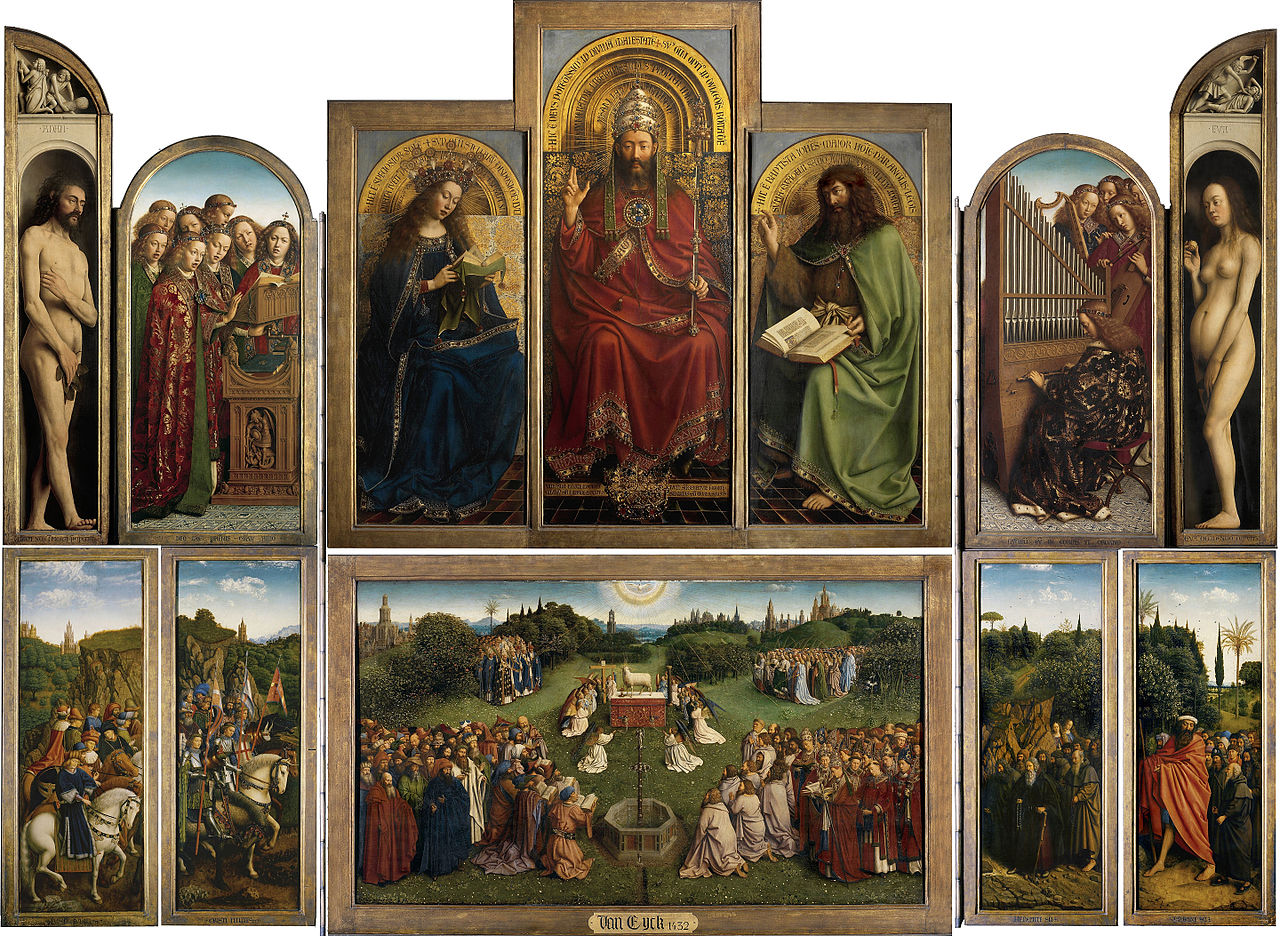In the early thirteenth century, the reforming movement within the church took on new aspects. As town populations grew, the new urban masses were sometimes subject to waves of mass and unthinking emotional enthusiasms which could lead to heresy. These outbreaks and the fears that led to them were a cry for spiritual help. The mendicant orders, or begging orders, were, therefore, also meant to be a response to heresy. Two famous new orders of friars—Dominican and Franciscan—thus arose.
Dominic (1170-1221) was a Spanish Augustinian canon who revived the idea of apostolic simplicity that had given birth to the Augustinians, founded the “Order of Preachers” within the Augustinian rule, and until his death directed them in their work of preaching and living the life of simple, primitive Christians. Francis (1182-1226), the son of a wealthy Italian merchant, gave his possessions to the poor in 1206, and with a few followers, who had also given up their property, obtained Pope Innocent III’s approval of his new order of the Friars Minor (little brothers) in 1210. Much against his will, Francis was soon the head of a large, loosely structured organization.
Dominic subordinated all other duties to the obligation to preach, while Francis of Assisi led a movement of protest against wealth and show. They were rivals in a sense, and both orders were soon borrowing from each other’s principles. The Franciscans adopted the more efficient organizing principles of the Dominicans; the Dominicans took over the Franciscan emphasis on poverty. From the first the Dominicans had emphasized the need of study as a fundamental duty; the Franciscans, who began by repudiating book learning, soon imitated the Dominicans, moved into the universities, and became distinguished scholars.

